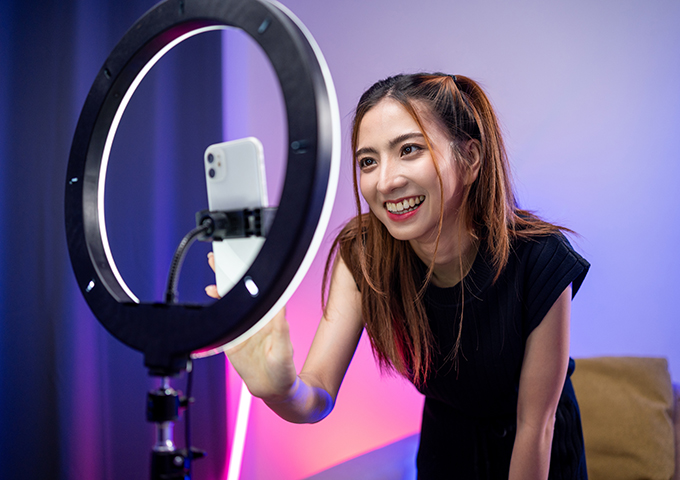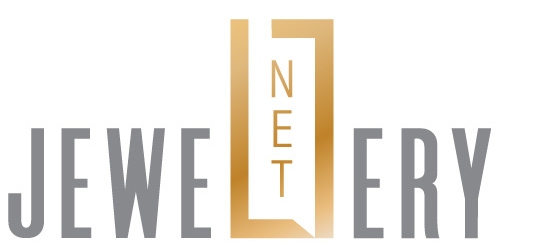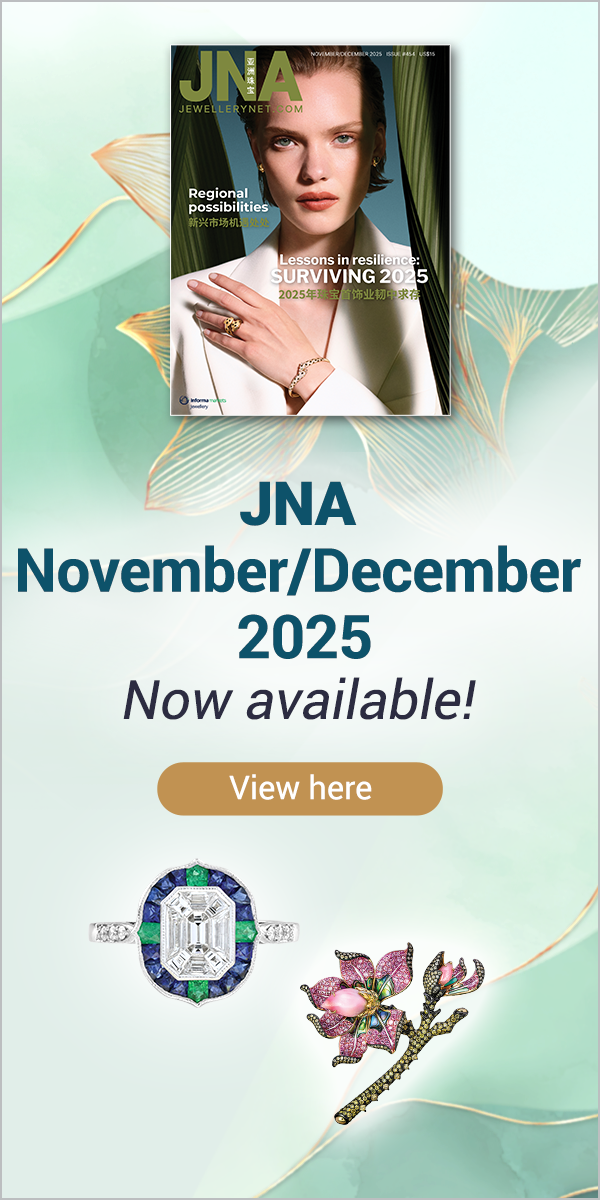Social channels have transcended their role as mere promotional vehicles, evolving into immersive branding platforms through influencer marketing and active revenue streams through live e-commerce.
Before Covid-19, social media in the business sphere was largely a platform for publicity and announcements. Social channels were a nice-to-have tool as opposed to an essential asset in a jewellery company’s marketing strategy, although early adopters were plenty.
When pandemic restrictions brought travel and face-to-face business to a screeching halt, the world moved online. A digital presence became a must to remain relevant – and afloat. In the mad scramble that ensued, gem and jewellery companies refreshed their websites and reinvigorated social accounts.
It was at this time that a new channel emerged: Influencer marketing.
What started as KOLs (Key Opinion Leaders) in the vein of thought leadership eventually turned into KOCs (Key Opinion Consumers) as peer reviews and interaction gained ground and influencers built a steady following among netizens.
Akin to celebrity endorsements, influencers built their credibility and then lent this to brands, showcasing products and services to their loyal followers. Each influencer created their own distinct brand of discourse online – in the jewellery world, many of them had industry backgrounds that bolstered their sphere of knowledge.

The influence of influencers
Strategic influencer collaborations provided companies with comprehensive branding environments.
Not just a numbers game, influencers came with their own set of potential customers, which could be often segmented into demographics, lifestyles and preferences.
The KOC movement, indeed, opened more promotional avenues and opportunities for gem and jewellery players. Social exposure expanded beyond the jewellery experts, as tie-ups with popular KOCs brought dividends through wider consumer engagement downstream.
The social experiment constantly evolved, with new platforms gaining ground and new formats taking hold. Short-form videos rose in popularity – and effectivity – while the emergence of live e-commerce converted passive scrolling into active purchasing moments.

As today’s consumers value authenticity and real-life engagement, most brand and category marketing has become less hard-sell and more natural in tone. And this is where social excels. Social ads and campaigns done right can build brand equity in new markets and new segments.
In one collaboration between De Beers and Chow Tai Fook to engage younger consumers in China, a group of young women is seen discussing everyday matters, with some keywords of diamond desire slipped in effortlessly in their conversations. No mention of brand, no mention of purchases, just real talk among friends – this is what works nowadays.
Of course, the influencer model has since metamorphosed into a more structured and regulated ecosystem. In many markets, influencers are mandated to disclose commercial posts for public discernment.

Live sales
Live selling, for its part, is a fascinating new model that is reaping benefits for several companies. At the risk of oversimplification, all that a live seller needs is a smartphone, a social media account and products to showcase.
But the potential for growth through this channel is tremendous. For some companies, live sellers can account for 20 to 40 per cent of the business.
Lower-priced, entry-level fine jewellery pieces do move well but so do higher-priced items. Business models vary, from the casual live seller on the trade-show circuit to professional live-selling hosts and actual companies built around live e-commerce.
US online pearl retailer Pearl Paradise holds regular livestreaming sessions driven by education-driven content, with client purchases ranging from US$1,000 to US$20,000. Several Japan-based companies conduct monthly live selling sessions and also turn their booth at trade fairs into livestreaming havens for fine jewellery sales.
China has dedicated livestreaming hubs for jewellery and pearls. According to Chinese e-commerce platforms Taobao/Tmall, pearls are the highest-selling product for their e-tailers due to their affordability, value for money and lower barriers of entry in terms of product knowledge.
Live selling has also reached the gemstone world, with a Thailand-based company recently showcasing coloured gemstones from different suppliers on YouTube during a show in Bangkok.
These digital transformations represent not just an additional marketing channel but a fundamental shift in how jewellery businesses connect with consumers and convert engagement into sales. And the journey is far from over.
JGW & JNA: 42 Years, 42 Stories is an online series running throughout 2025 to celebrate the 42nd anniversary of Jewellery & Gem WORLD Hong Kong and JNA. A new story of creativity, craftsmanship and innovation will be released every week. Subscribe to free JNA News Alerts to be notified when the next story is out.













